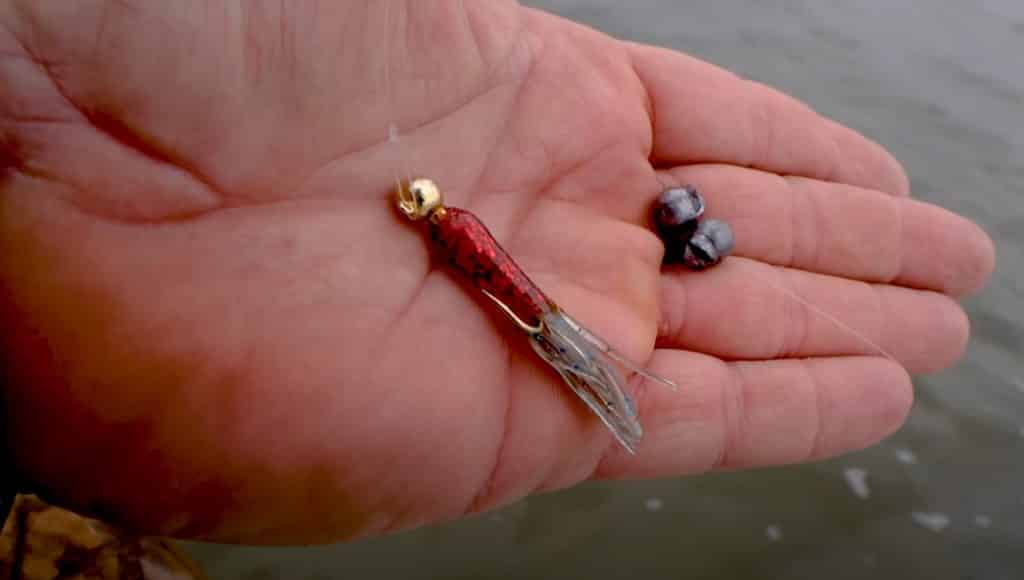
Crappie is among the most popular of fish thanks to their great taste and challenge of catching them in streams, lakes, and large ponds. The main reason why catching crappie takes effort is that the best time to fish is when the feed which is usually the early morning and late evening hours during twilight. Crappie can be found in the transitional area between light and dark looking for their prey. This is why crappie vertical jigging is one of the best, most proven methods of catching them.
Crappie Vertical Jigging
The technique is fairly simple. You find the area where the crappie is feeding and hover over them in your boat. This means that you drop the line straight down into where the crappie is located. The goal is to keep the boat as steady as possible so that the jig can do its work. If this sounds like you are ice fishing, then you are right. Crappie vertical jigging is basically the same technique, only you are in a boat and not out on the ice.
There are several types of jigs that can work, but small ones made from tungsten seem to work the best. If you tip them with the right bait, such as wax worms or crappie minnows. Many who use this technique will make the bait a little more noticeable by using glow and UV colors. This may help you see the bait as well depending on the depth that you are fishing.
Another tip is to use shorter rods when jigging vertically as there is less play. The goal is to keep the movement of your jig up and down and not side to side which the crappie might not bite. If you’ve found the right spot, then you should start getting bites fairly quickly. If not, then you may want to move around in the boat until you find another suitable location and try again.
What You Need to Make Vertical Jigging Work
There are several advantages to this method compared to fishing from the bank or using the side to side techniques.
- Place jig directly with the crappies
- Gets crappie out from the cover
- Can be used to repeatedly pull crappie from the same spot
The hard part is locating the transition area where the crappie is hunting. You will need the right electronics to find the transition area, which is usually the soft, muddy bottom that may have some vegetation nearby. Once you find the right location, the rest is simply dropping the jig straight down into the water and waiting for the crappie to bite.
If you are on the search for crappie, it is best if you can use a boat and hover over the areas where they feed. This is when you can employ crappie vertical jigging to catch several of the fish during their feeding time. With the right equipment and a little patience, this vertical jigging technique can be quite effective in pulling one crappie after another into your boat.
Related: